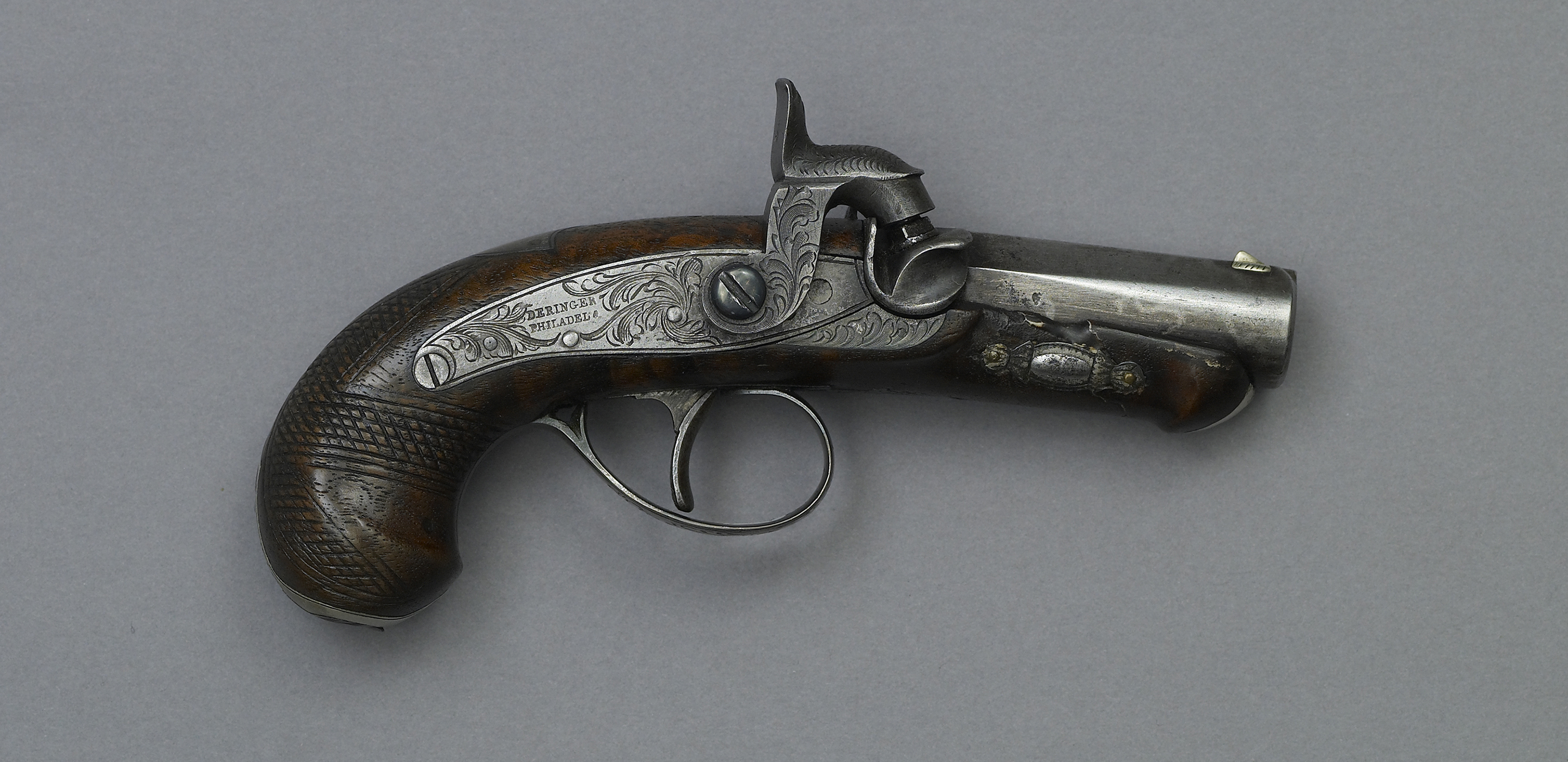
Student Activity: To See or Not to See?
Should the deringer pistol used by John Wilkes Booth to shoot Abraham Lincoln be displayed in the new exhibit?
When a museum designs an exhibit, the curators must decide what will be included in or excluded from the display. Imagine you got to design an exhibit about the assassination of President Lincoln. What would you display the deringer pistol?
Teacher Guide
Suggestions for teachers on using this activity, whether in the classroom or in distance learning.
Printable PDF version
Students, teachers, and caregivers can print the activity, or use a separate sheet of paper to fill out.
Google Form
Teachers can copy this activity into Google Classroom.
Sutori
Fully interactive activity—can be done below or in a separate window.
